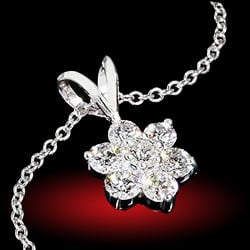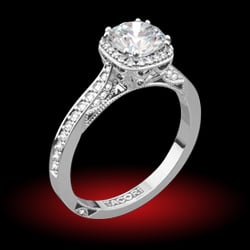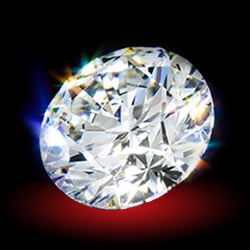Hi all,
I read somewhere that Parti sapphires are not able to be reproduced synthetically because synthetic processes distribute color patterns fairly uniform throughout the boule. Is this true?
I know that some old Verneil methods tend to include a thin layer of color evenly distributed, which allows them to be efficient with their raw resources. In these cases, either the tip or the table are blue and the rest of the stone tends to be colorless. Even in these stones, they do not show the same types or color patterns and zoning as natural parti sapphires.
I ask to help determine if one can easily identify parti sapphires as having natural origins to determine how I should look for good color patterns that are not uniform.
Has anyone else heard of similar "rules of thumb" for sapphires?
OF course it's always good to get a jeweler's professional eye, but as a novice jewelry maker and an avid collector, I like to study these these things myself.
I read somewhere that Parti sapphires are not able to be reproduced synthetically because synthetic processes distribute color patterns fairly uniform throughout the boule. Is this true?
I know that some old Verneil methods tend to include a thin layer of color evenly distributed, which allows them to be efficient with their raw resources. In these cases, either the tip or the table are blue and the rest of the stone tends to be colorless. Even in these stones, they do not show the same types or color patterns and zoning as natural parti sapphires.
I ask to help determine if one can easily identify parti sapphires as having natural origins to determine how I should look for good color patterns that are not uniform.
Has anyone else heard of similar "rules of thumb" for sapphires?
OF course it's always good to get a jeweler's professional eye, but as a novice jewelry maker and an avid collector, I like to study these these things myself.









300x240.png)